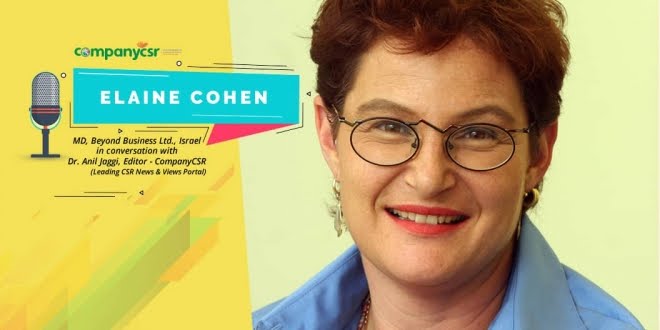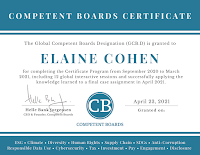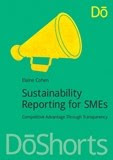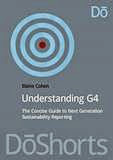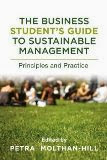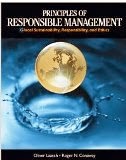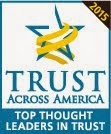Tomorrow, Sunday, when the rest of the world is hollowing out pumpkins and planning their trick-or-treat campaigns in time for the start of the Halloween festivities, the CSR who's who in Israel will be at the flagship event of the CSR calendar in Israel - the annual conference organised by not-for-profit "Maala" - the Israeli affiliation of Business for Social Responsibility. Maala is celebrating 10 years of activity in Israel, and the success of a growing number of companies joining their organization, now over 130 companies, with over 70 taking part in the annual Maala ranking which determines the Maala Social Index on the Tel Aviv Stock Exchange. The conference will draw a crowd of 700 or more people and is the place to see and be seen if you have anything to do with CSR in Israel.
The theme for this years' programme is "looking ahead to the next decade" and will be opened by incoming Maala Chairperson Ofra Strauss, Chairperson of the Strauss Group, one of the (few) Israeli multinationals who is taking sustainability seriously. The programme has a largely local flavour, and plenaries includes CEO Galia Maor, of Bank Leumi, who will talk about stakeholder engagement in the digital age, followed by a review of governance in the Tel Aviv 100, the premier league of public companies in Israel, and a panel on workforce diversity. Breakouts include risks and opportunities of Social Media in business, a panel with CSR-minded CEO's, a session on CSR and urbanization, a session on the role of corporate legal counsel and a session on embedding CSR in organizations (at which I will launch my new book, CSR for HR: A necessary partnership for advancing repsonsible business practices).
In addition, one of the highlights of the conference will be the Maala Prize, which is awarded for achievement in a different aspect of CSR each year. This year, the prize will be awarded to Israeli companies who participate in the UN Global Compact.
The prize for Global Compact participation was actually a suggestion my company made to Maala, and we are very happy that this was accepted as the focus of this year's recognition for local Companies. We have been driving UNGC participation with local businesses for some years now, and support 8 Israeli companies in their efforts to advance their practices and report transparently. Israeli CSR has tended to be rather introspective over the years, with little involvement in global initiatives. It is only in the past couple of years that we have seen a few more companies adopting GRI as a frame of reference for reportng (my company wrote the first GRI report in Israel, published in 2007) . However, Israel is an advanced economy, recently accepted into the OECD, and it is more and more evident as local companies expand their operations abroad (and there are now several Israeli multinationals), and become suppliers to global businesses, that being part of the world economy requires alignment with the prevailing standards and expectations. The UN Global Compact is a good framework for Israeli companies to adopt, especially if they are not quite ready for full disclosure via a GRI Report, as it broadens their thinking to a global level and starts them on a track of transparency. After the announcement that an award would be made at the Maala conference, 6 companies out of the total 20 active business participants from Israel rushed to declare their commitment to the UN Global Compact, at least two of which we will support by writing their first Communication on Progress.
Anyway, this is always a day to catch up with friends and colleagues, hear the latest news (and perhaps even a little gossip :)), and recharge the CSR batteries for another year of making the world a better place.
Do stop by our booth (Beyond Business) if you happen to be attending the conference, and enter our raffle for 5 copies of CSR for HR. Sorry, we won't be giving away Chunky Monkey!
elaine cohen, CSR consultant, Sustainabilty Reporter, HR Professional, Ice Cream Addict. Author of CSR for HR: A necessary partnership for advancing responsible business practices Contact me via www.twitter.com/elainecohen on Twitter or via my business website www.b-yond.biz/en (BeyondBusiness, CSR consulting and Sustainability Reporting firm)












